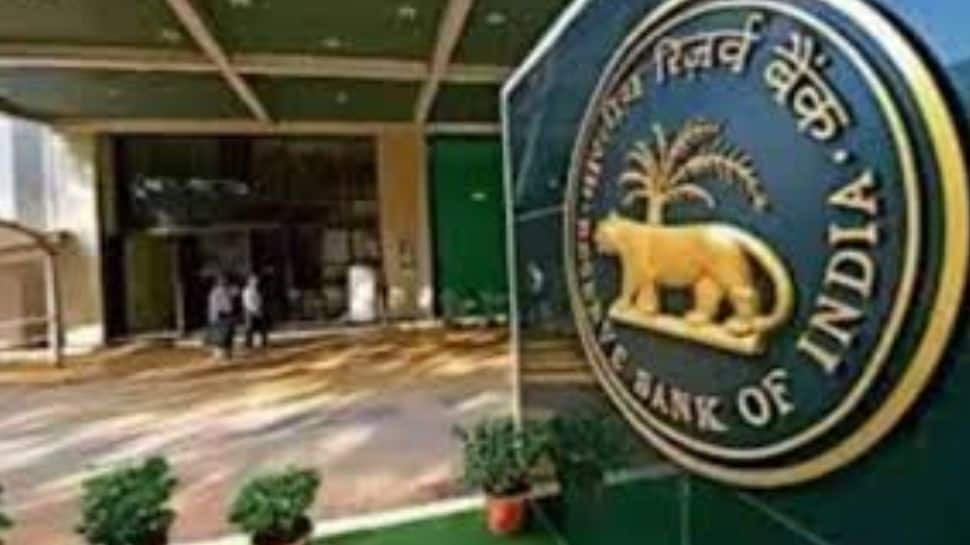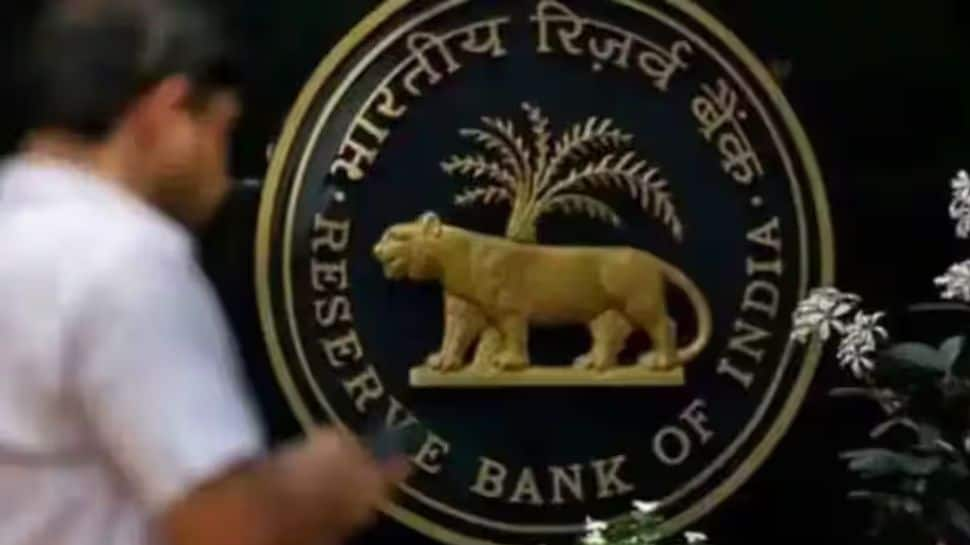Business
All-India House Price Index Up 3.6% In Q1 FY26: RBI
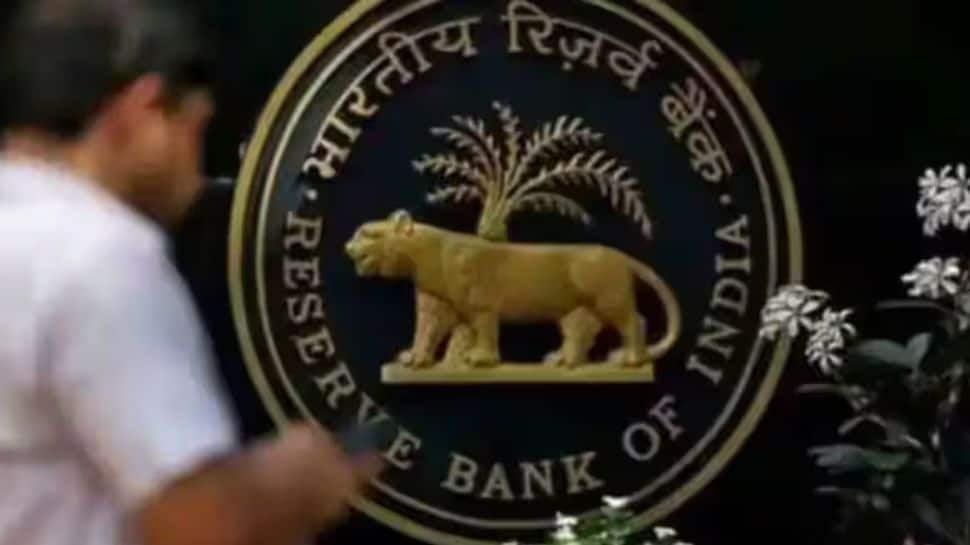
New Delhi: The Reserve Bank of India (RBI) on Thursday said that all-India House Price Index (HPI) based on transaction-level data of 18 major cities increased by 3.6 per cent (on-year) in the first quarter of the current fiscal (Q1 FY26). The value of house price index registered a marginal increase in Q1 2025-26, with Nagpur, Chandigarh, Chennai and Kochi registering maximum increase over the last quarter.
“All-India HPI increased by 3.6 per cent in Q1 2025-26 as compared to 7.6 per cent growth in the corresponding quarter of the previous year. On a sequential (QoQ) basis, all-India HPI increased by 2.0 per cent in Q1 2025-26,” the Central Bank said in a statement.
The central bank released its HPI for Q1 2025-26 with a new base year of 2022-23. The earlier base year was 2010-11. The RBI compiles the HPI on quarterly basis based on transaction-level data received from the registration authorities.
The new base year as 2022-23 covers 18 major cities. Eight new cities — Hyderabad, Thiruvananthapuram, Pune, Ghaziabad, Thane, Gautam Buddha Nagar, Chandigarh and Nagpur, have been added to existing 10 cities in the new series with base year 2022-23.
“House is not just an asset but also a durable consumption good for households, providing shelter and other services. A change in the house price affects the households’ perceived lifetime wealth and hence influences the spending and borrowing decisions of households,” according to Central Bank.
An increase in the house price raises the value of the housing relative to construction costs; hence a new construction is profitable when house price rises above the construction costs. Residential investment is, therefore, positively related with house price increase. House prices also affect bank lending and vice versa. Further, house price gains increase housing collateral.
Business
Pakistans Economic Crisis Deepens With Sub-3 per cent Growth For 5th Year In Row
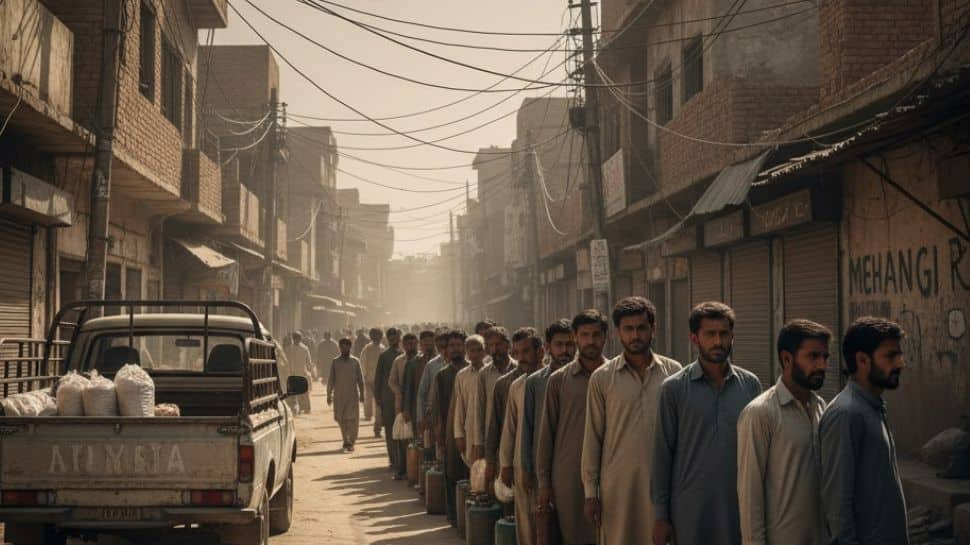
New Delhi: With the World Bank forecasting a mere 2.6 per cent GDP growth for Pakistan in 2025-26, the country appears to be stuck in a phase of economic stagnation that has now entered the fifth year of sub-3 per cent growth with mounting unemployment and rising poverty.
Pakistan risks locking itself into a prolonged phase of economic stagnation, warned economist Asad Ali Shah, as the World Bank’s latest update projects growth at just 2.6 per cent for FY25-26 – following a dismal four-year stretch of weak performance, according to an article in Pakistan’s financial daily Business Recorder (brecorder.com).
Expressing his views on the social media platform X, Asad, the former president of the Institute of Chartered Accountants Pakistan (ICAP), said: “The World Bank’s latest Pakistan Development Update has revised down the FY25-26 growth forecast to just 2.6 per cent, compared to the government’s more optimistic projection of around 4 per cent.”
“This comes after three years of dismal performance — (-) 0.2 per cent in FY23, 2.5 per cent in FY24, and 2.7 per cent in FY25 — marking what is arguably the worst four-year stretch in Pakistan’s economic history, defined by sustained low growth, record inflation and interest rates, and a collapse in investment confidence.”
Pakistan’s economy has been further hit by catastrophic floods, weighing on agricultural output, and inflation pressures have resurfaced, the article states. The report further noted that Pakistan’s inflation rate dropped to single digits in FY 2024/25, as price increases for food and energy eased. “However, disruption to food supply chains, due to ongoing catastrophic floods, is expected to push inflation up through 2027,” it projected.
Former Federal Finance Minister Miftah Ismail also echoed similar views, saying that “in terms of growth, these FY22-23 to FY25-26 are the worst four years in Pakistan’s history”. Miftah criticised the government for avoiding key reforms, including privatisation, downsizing ministries, and strengthening local governance, arguing that authorities are instead “purchasing stability through low growth” by keeping interest rates, taxes, and utility tariffs high.
“The result is: increased unemployment, poverty and political alienation.” Meanwhile, Asad maintained that Pakistan’s economy “may have stabilised — but it has not recovered”. The economist pointed out that industrial output remains weak, whereas “agriculture is in deep crisis amid climate shocks and policy distortions, and job creation has stalled”.
“Stability is not success,” he stressed, warning that without credible reforms to restore investor confidence, strengthen governance, and shift resources toward productivity and exports, Pakistan risks institutionalising stagnation as its new normal”.
Business
Carmaker resumes vehicle production following cyberattack
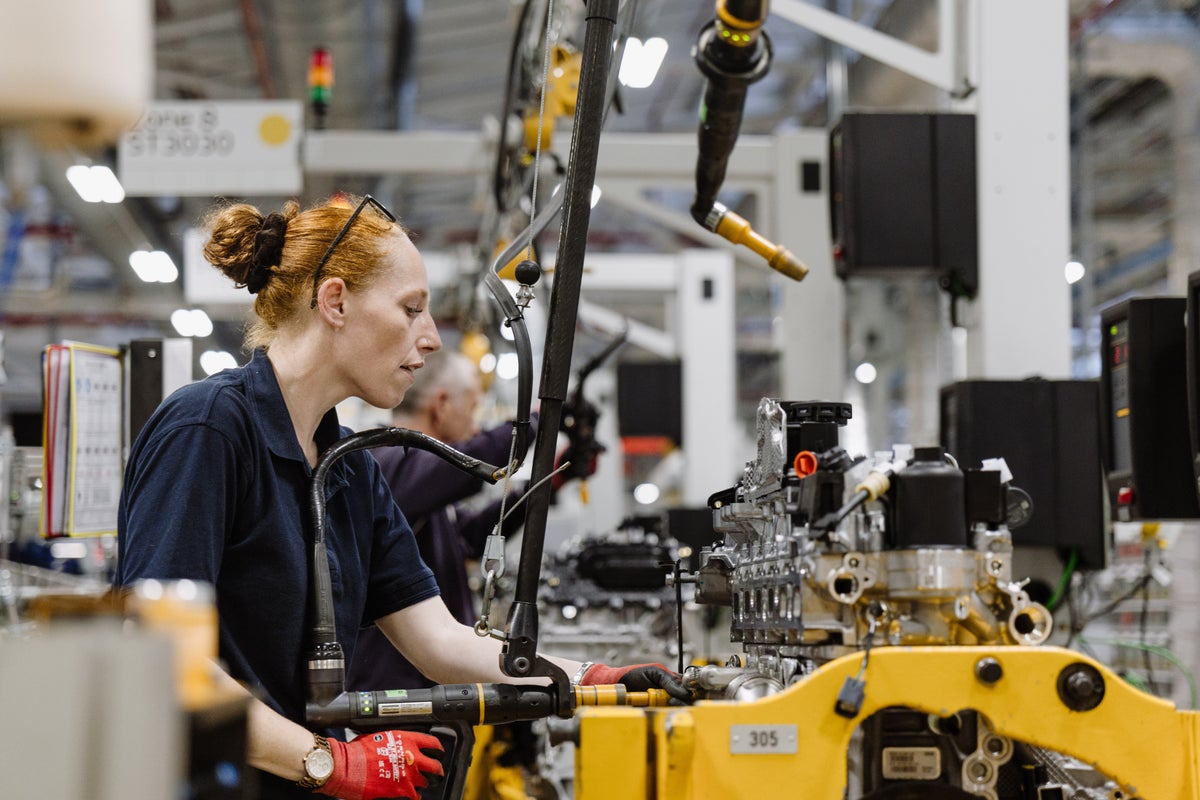
Jaguar Land Rover has begun restarting Range Rover production lines in Solihull, aiming for all its manufacturing sites to be fully operational by the end of next week, following a major cyber attack that halted operations.
Employees returned to the Solihull plant in the West Midlands on Thursday, after a phased production restart began on Wednesday. Operations had been suspended for more than a month following the significant hack.
The remaining Solihull lines, which produce the Range Rover Velar SUV and Jaguar F Pace models, are set to resume next Monday. Vehicle manufacturing at Halewood, Merseyside, will also restart then.
Overseas factories in Pune, India, and Brazil are scheduled to follow later next week, marking the final sites to recommence operations, the group confirmed.
JLR global manufacturing director Luis Vara said on Wednesday there was a “strong sense of unity and momentum” among production workers. Staff had been working from home since the firm’s systems were compromised on August 31.
The cyber attack occurred at a particularly crucial time for car firms, as September traditionally boosts demand for new vehicles with the release of the latest registration plates.
The incident also caused significant disruption to the firm’s global operations, with suppliers being left in limbo as production froze.
On Monday, JLR revealed a sharp drop in sales over recent months following the cyber incident, adding it had been a “challenging quarter” as it also grappled with the impact of higher US tariffs.
Sales fell by 17.1 per cent to 85,495 units between July and September, compared with the same period a year ago, with UK sales dropping by nearly a third.
The volume of wholesales tumbled by 24.2 per cent year on year to 66,165 units.
JLR said this partly reflected the production freeze since the start of September.
The group’s production restart began with its engine plant in Wolverhampton and its battery assembly centre in Coleshill, Birmingham, on Wednesday.
It also restarted stamping operations in Castle Bromwich, Halewood in Merseyside, and Solihull, on Wednesday, together with key areas of its Solihull vehicle production plant, such as its body shop, paint shop and its logistics operations centre.
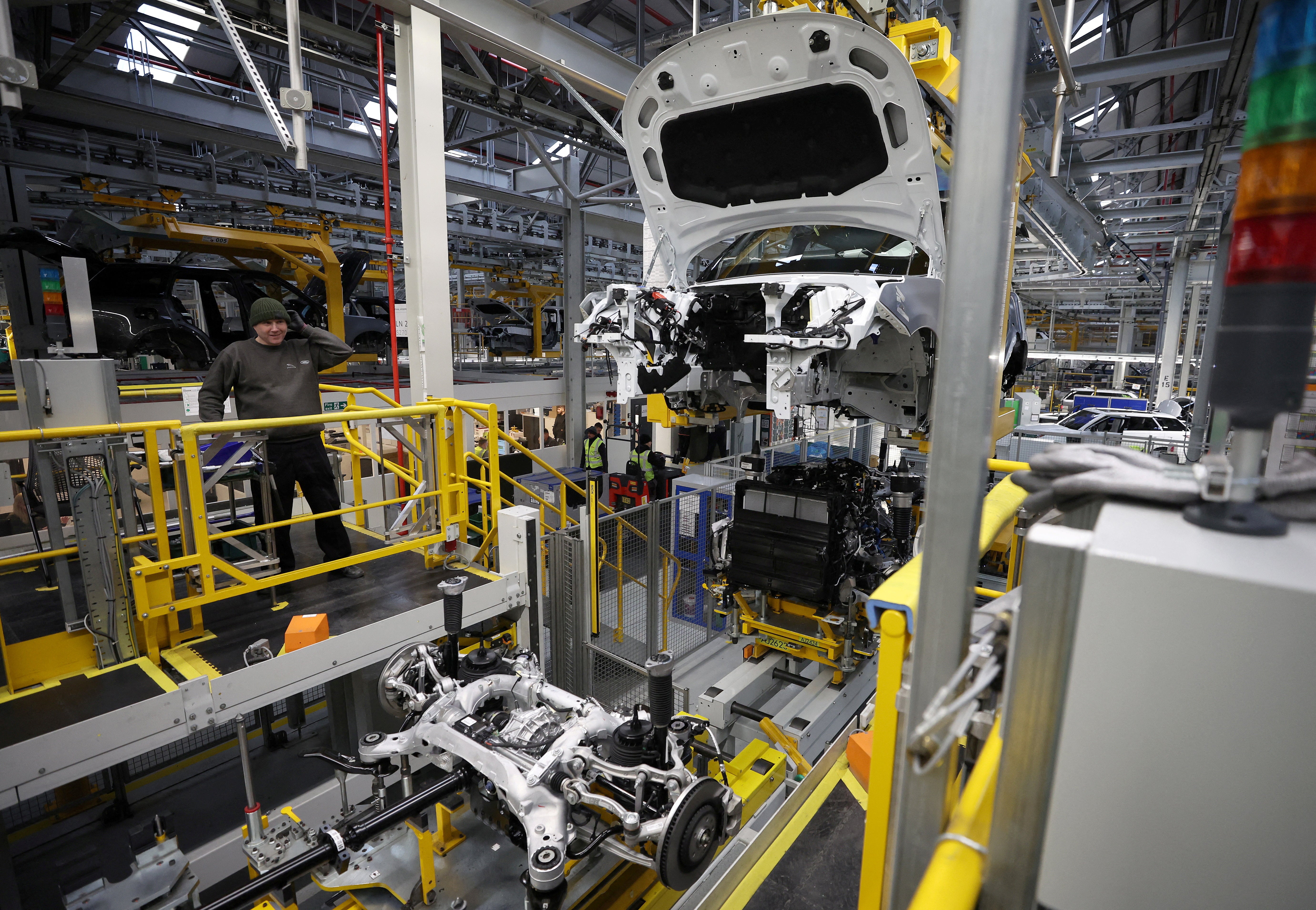
This was followed by operations at its vehicle manufacturing facility in Nitra, Slovakia.
Mr Vara said on Wednesday: “There is a strong sense of unity and momentum as we get back to doing what we do best, building quality luxury vehicles for our customers.”
The firm has the largest supply chain in the UK automotive sector, which employs around 120,000 people and is largely made up of small and medium-sized businesses.
The Government recently announced it would underwrite a £1.5 billion loan guarantee to JLR to give suppliers some certainty over payments, helping bolster JLR’s cash reserves, but calls mounted for more to be done.
JLR said on Tuesday that its extended support package would see suppliers paid much faster than under the usual payment terms, by as much as 120 days early.
It will start with qualifying JLR suppliers seen as critical to the restart of production, then will be expanded to cover some non-production suppliers who have also been affected.
JLR also vowed to pay back financing costs for those JLR suppliers who use the scheme during the restart phase.
A raft of other businesses have been hit by major cyber attacks in recent months, including beer giant Asahi, high street retailer Marks & Spencer and nursery group Kido Schools.
Business
Top 10 Selling Cars In September 2025: Tata Nexon Takes Lead, Beats Creta & Scorpio; Punch At THIS Spot – Check Full List
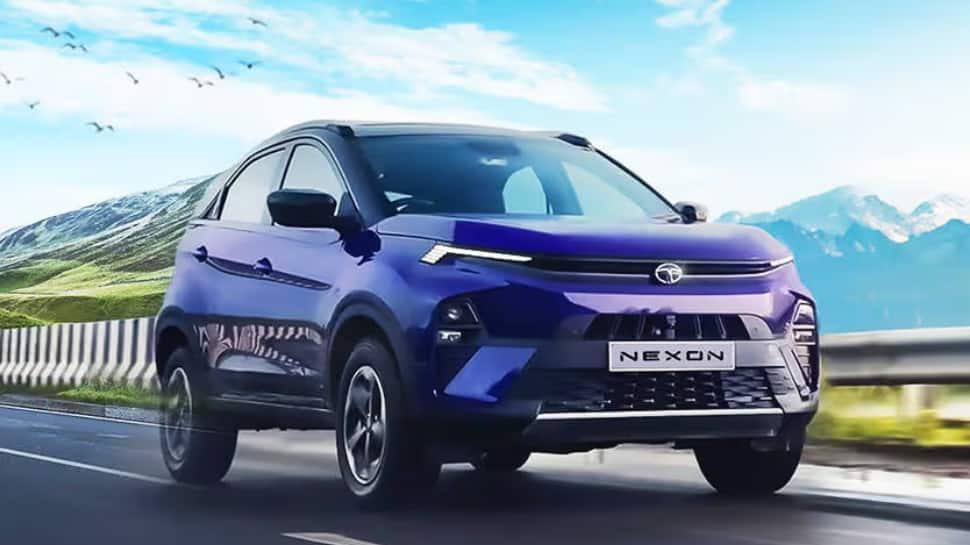
New Delhi: The Tata Nexon has emerged as the best-selling car in India last month in September 2025 with 22,573 units. This marks an impressive 97% year-on-year growth, showing the model’s sustained popularity. In second place, the Maruti Suzuki Dzire has recorded 20,038 units, growing by 85% compared to last year. Meanwhile, the Hyundai Creta, at number three with 18,861 units and 19% YoY growth, continues its dominance in the midsize SUV space.
The Mahindra Scorpio secured the fourth position with 18,372 units, up by 27% from 14,428 units in September 2024. The Tata Punch followed in fifth position with 15,891 units, reflecting its mass appeal as an affordable, safe, and compact SUV option for first-time buyers. It continues to soar in popularity, pulling customers from small hatches.
Interestingly, two of the top 5 best-selling cars in September 2025 are from Tata – the Nexon, which took the top spot, and the Punch, which came in at 5th place. In the current financial year, from April to September 2025, Tata sold nearly 90,000 units of Nexon. Additionally, Tata recorded CNG growth of over 105% in September 2025. The green portfolio (EV+CNG) contributed 40-45% to its total sales volume.
Top 10 Selling Cars In September 2025
1. Tata Nexon – 22,573 units
2. Maruti Suzuki Dzire – 20,038 units
3. Hyundai Creta – 18,861 units
4. Mahindra Scorpio – 18,372 units
5- Tata Punch – 15,891 units
6. Maruti Suzuki Swift – 15,547 units
7. Maruti Suzuki Wagon R – 15,388 units
8. Maruti Suzuki Fronx – 13,767 units
9. Maruti Suzuki Baleno – 13,173 units
10. Maruti Suzuki Ertiga – 12,115 units
Overall, September 2025 shows that SUVs continue to dominate Indian roads, with six out of the top ten bestsellers belonging to this body style. Tata, Mahindra, and Hyundai have all capitalized on this trend effectively, while Maruti Suzuki continues to lead the volumes with its wide portfolio across hatchbacks, sedans, and SUVs.
-
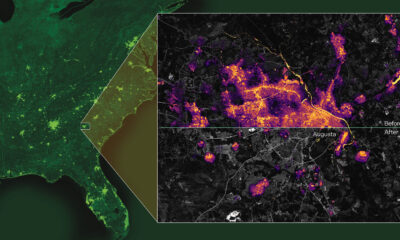
 Tech1 week ago
Tech1 week agoSimulation tool improves accuracy and speed of electric grid modeling
-

 Fashion1 week ago
Fashion1 week agoMaje’s Elina Kousourna: “We need to succeed in instilling pride among our teams in selling at full price”
-

 Business1 week ago
Business1 week agoNike posts surprise sales growth but turnaround work is far from over
-

 Tech1 week ago
Tech1 week agoAmazon Prime Big Deal Days Is Next Week, but We Already Found 40 Early Deals
-

 Business1 week ago
Business1 week agoTrade deal talks with Qatar from next week – The Times of India
-

 Sports1 week ago
Sports1 week agoMiami vs. Chicago (Sep 30, 2025) Live Score – ESPN
-

 Tech1 week ago
Tech1 week agoIndia ready to rev up chipmaking, industry pioneer says
-
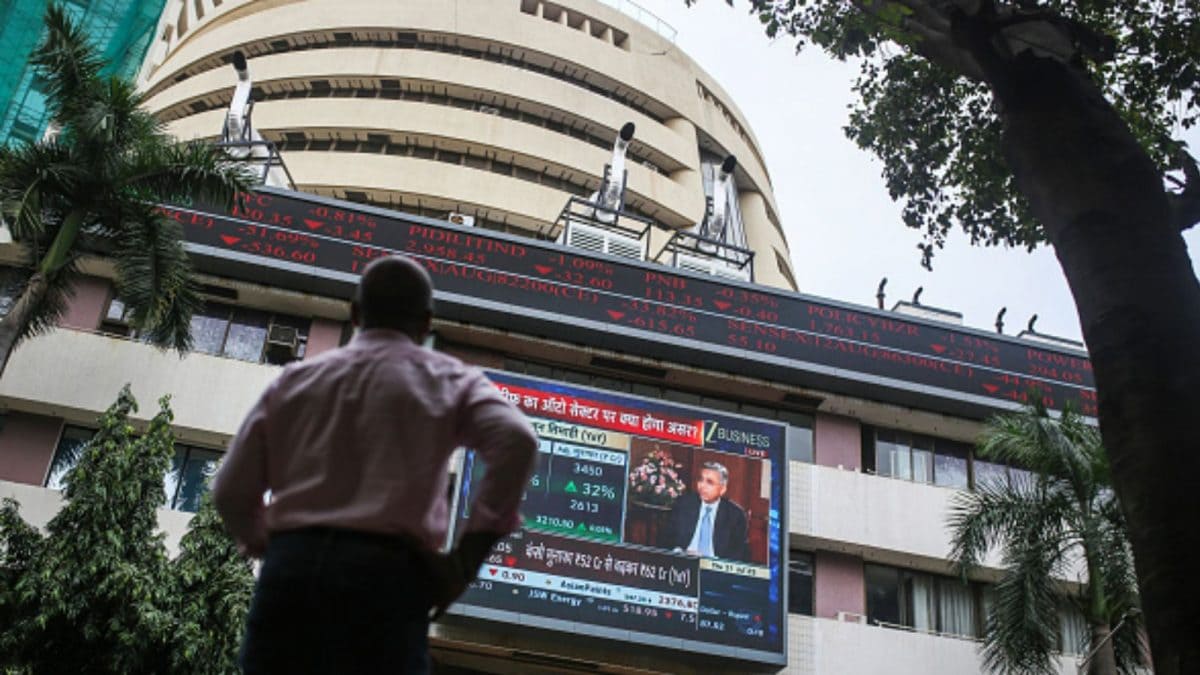
 Business1 week ago
Business1 week agoStock Market Updates: Sensex Down 131 Points In Pre-Open, Nifty At 24,604; RBI MPC Decision In Focus



